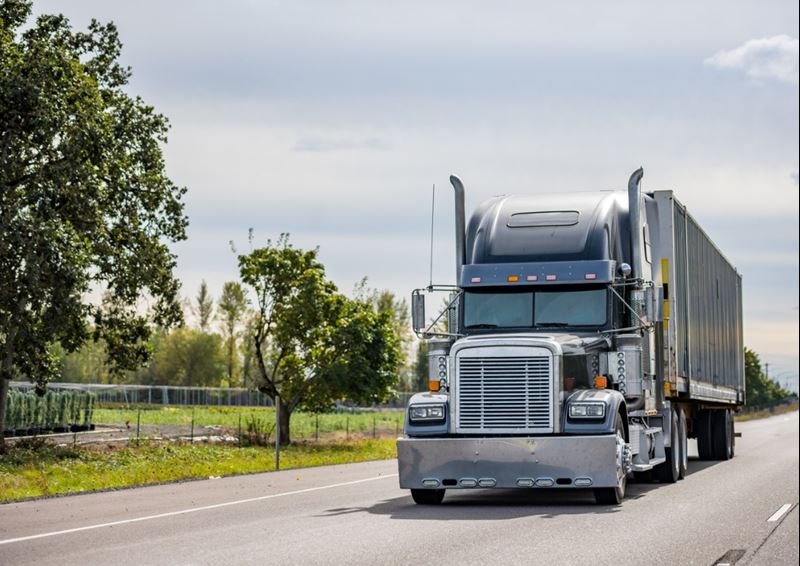Loss trends and emerging risks in 2025: Equipment breakdown
Loss trends and emerging risks in 2025: Equipment breakdown
As businesses continue to rely on essential machinery and equipment, the risk of damage and breakdowns remains a significant concern. These incidents can disrupt operations, lead to costly repairs and result in extended downtime.
As part of our annual Q&A series, Razvan Ionescu, Manager, Equipment Breakdown Underwriting, Large Accounts & Operations at Sovereign Insurance, shares insights into key loss trends from 2024 and emerging risks that organizations should be aware of in 2025.
What were the key loss trends and exposures you saw in 2024?
If we were to look for trends in the equipment breakdown insurance industry, the most notable phases would be the heating season and the cooling season.
In colder months when heating systems are activated, for example, boilers that are used for heating buildings might experience breakdowns. This happens because they haven’t been used for an extended period and when they’re restarted, can fail due to improper shutdowns or lack of maintenance during the off-season. Similarly, with cooling systems, a lack of ongoing use and maintenance can lead to mechanical failures.
In addition to seasonal concerns, we continue to see typical breakdowns of production machinery, transformers, and other equipment that businesses rely on day in and day out. This can be caused by issues like aging equipment, wear and tear, and lack of preventative maintenance.
What are some emerging risks to keep an eye out for in 2025?
One emerging risk I’ve seen is a shift from traditional generators to electric or lithium-ion batteries as backup power sources or to reduce the on-peak service use. While generators have been in use for a long time, some businesses are turning to electric batteries. This shift brings new risks, especially when it comes to maintenance and exposure.
With traditional generators, you typically need a mechanical specialist on-site to keep things running smoothly. But with electric batteries, the high-capacity maintenance is usually handled by the OEM (original equipment manufacturer), who monitors the battery’s performance in various ways, for instance, through remote monitoring. So, the whole approach to upkeep is different.
A big concern here is fire risks. Batteries are prone to something called thermal runaway, which is a chemical reaction inside the battery that causes it to overheat and potentially catch fire. This can happen without the presence of oxygen, which makes it more dangerous than other types of fires. If a thermal runaway event happens, it could damage the entire battery system, which might cost a company hundreds of thousands to replace. And of course, there are significant human safety risks with any type of fire.
In contrast, if something in a backup generator breaks down, it’s typically a mechanical issue that can be fixed – similar to how you would repair a car.
How can organizations mitigate these risks?
To keep machinery and equipment running smoothly and safely, the best approach is to follow the OEM recommendations. For example, if the OEM advises performing thermal scanning on batteries on a regular basis, it’s important to stick to that schedule. There’s a well-known saying: “If you don’t schedule maintenance, your equipment will schedule it for you.” By regularly scheduling maintenance, you can ensure it’s completed on time and reduce the chances of delays in sourcing spare parts.
When it comes to batteries, there are also specific best practices to follow around proper use, storage, transportation, and disposal. Organizations should familiarize themselves with these guidelines to minimize risks.
For any type of equipment, preventative maintenance is essential. Although insurance policies are designed to cover profit losses during downtime, the key is to maintain uninterrupted service to customers.


